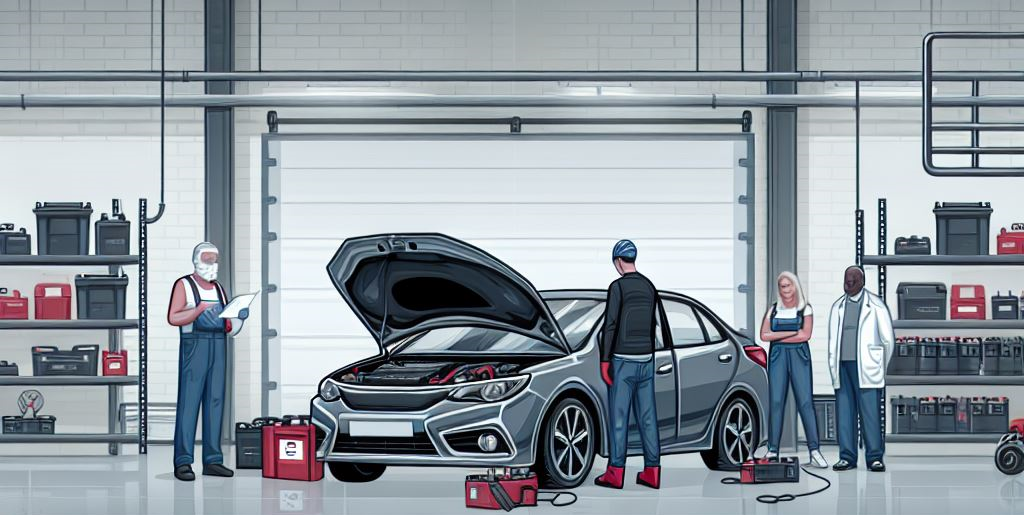
General Information About VRLA and Flooded Batteries
Whether a Lead-Acid battery is Flooded (Dry Charged/Flooded MF) or VRLA, it needs to exude hydrogen from the negative plate and oxygen from the positive plate during the process of charging.
In the case of VRLA, these batteries are completely sealed off. Because the battery has no vent, hydrogen and oxygen cannot be released into the atmosphere during charging. Once the hydrogen and oxygen are kept within the battery, the battery cannot dry out; therefore, the separators and electrolytes never evaporate and the life of the battery is longer.
Flooded Lead Acid batteries are constructed with a vent that allows for the release of hydrogen and oxygen into the atmosphere. Because of evaporation, users of these types of batteries use distilled or deionized water to replace the evaporation. The water can be poured into the battery through the vent.
With that said, batteries can only hold a certain level of electricity. Electricity replaces the battery’s power and stimulates the production of hydrogen and oxygen in the battery to make it work.
Less power and slower charging is required when a battery is close to being fully charged. When the temperature is correct (which is why certain batteries can only be stored at certain temperatures) the battery will be charged perfectly.
In the event that the voltage is too high and the battery is being charged too fast as it comes close to a full charge, the energy of the electricity will be forced through the battery, and the battery will not be able to store the energy that is coming into its core.
When this happens, gassing occurs, which is when hydrogen and oxygen are produced at such a fast pace the battery has an overabundance of both elements and a forced evaporation occurs (in VRLA batteries), and the battery will dry out and die prematurely.
In the case of Flooded Leaded Acid batteries, the user can top off the battery with distilled/deionized water replacing the evaporation and keeping the life of the battery intact. Basically, this process of premature battery failure is known by the common term of “overcharging.” It is quite common for a battery to not reach full charge and still be overcharged.
IMPORTANT NOTE: Any and all lead acid batteries must NEVER be installed or charged in a sealed area because the elements released during this process must be allowed to evaporate into the air. Failure to do so may cause serious health and safety issues.
